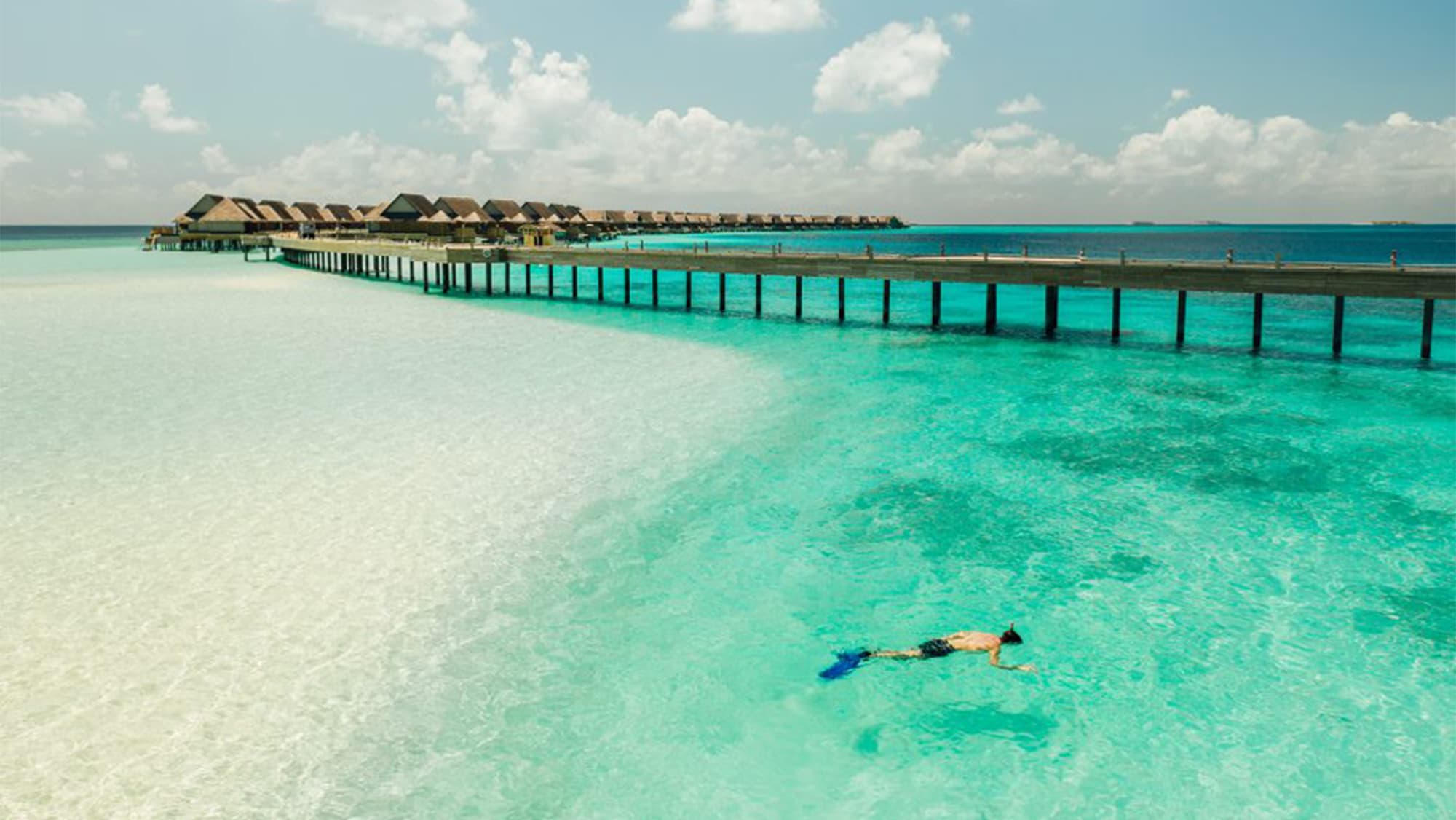

When snorkelling in the Maldives, especially if it’s your first time, can be very easily turned into a scavenger hunt for interesting, charismatic, marine animals such as turtles, sharks and rays. However, if you take your time, and allow yourself to enjoy the surroundings you may be surprised at the marine life you may start to see.
Take for example the Maldivian Sponge Snail, is it a sponge? Is it a slug? Is it a snail? With the five finger-like protrusions on its back, this strange creature looks more like a sea slug than a sea snail. However, hidden inside the fleshy mantle is a small and delicate ear-shaped shell, making it a sea snail, rather than a sea slug. They can grow to 10cm in length and are native to the Maldives. It is thought their distribution stretches further, but so little is known about them scientists are still unsure where else they are found.

Maldivian Sponge snail – Coriocella hibyae
Next up is the tree anemone, at first, you may not be sure whether it’s a sea anemone or burrowing sea cucumber (definitely look these up too, fascinating), but after a quick search, I found that it is an Actinodendron arboretum. Commonly known as the Tree anemone or more appropriately perhaps, the Hell’s Fire anemone this should give you enough clues when deciding whether to risk a touch or not (btw, the answer is always no, for anything in the ocean). You don’t want to be touch a Hell’s Fire anemone, like other anemones, Actinodendron arboretum have stinging cells containing nematocysts which are highly venomous sting that can cause severe skin ulcers, so definitely a case of look but don’t touch.

Hell’s Fire anemone - Actinodendron arboretum
Whilst swimming over the reef, something might shift in your peripheral vision, but when you turn to look properly you can’t see anything, you wait and watch until your eyes hone in and you spot it. The master of disguises, the sneaky escape artist. The octopus is one of the most inconspicuous creatures on the reef, with incredible camouflage abilities that allow it to blend in with its surrounding so seamlessly.

Day octopus - Octopus cyanea
It is common to see clams of various sizes dotted along the reef, our favourite ones are the small, vibrantly coloured, not-so-giant, Giant clams. These little clams are also known as boring clams, but boring is one thing they are not. like precious gems embedded in the reef. They are known as boring clams simply because they bore into corals (living and dead), embedding their shells and body with only their mantle exposed. It is important for the mantle to remain exposed as these clams harness the Sun’s energy via photosynthesis. If you want to have a good look at or photograph their mantle you’ll need to move slowly, they are light-sensitive, so the slightest shadow will cause them to retract their mantle and close up their shell in defence.

Boring Clam – Tridacna crocea
Now, if you really get your eye in you’ll be in for a treat if you spot one of the hundreds of species of Nudibranch, commonly known collectively as the sea slugs. You are in for a surprise. Nudibranchs are a group of soft-bodied marine gastropod molluscs, they don’t have a shell. The word nudibranch translates to naked gills which you can see as appendages on top of their bodies. The nudibranchs are striking with bright colours and patterns on their body. They range in size from a few millimetres to a few centimetres and have a whole host of ways to protect themselves from predators, from collecting the stinging cells from the sea anemones they eat and growing stinging appendages, to secreting the toxins ingested from the toxic sponges they have eating. Nudibranchs can be found whilst snorkelling (and diving) on the reef. Spend a little time snorkelling over a small area and you might be lucky enough to find one.
So, when you are next snorkelling, try and take the attitude that if you see a shark, ray, turtle that is wonderful, however you might want to slow down and enjoy the small things so that you will truly live the underwater experience.